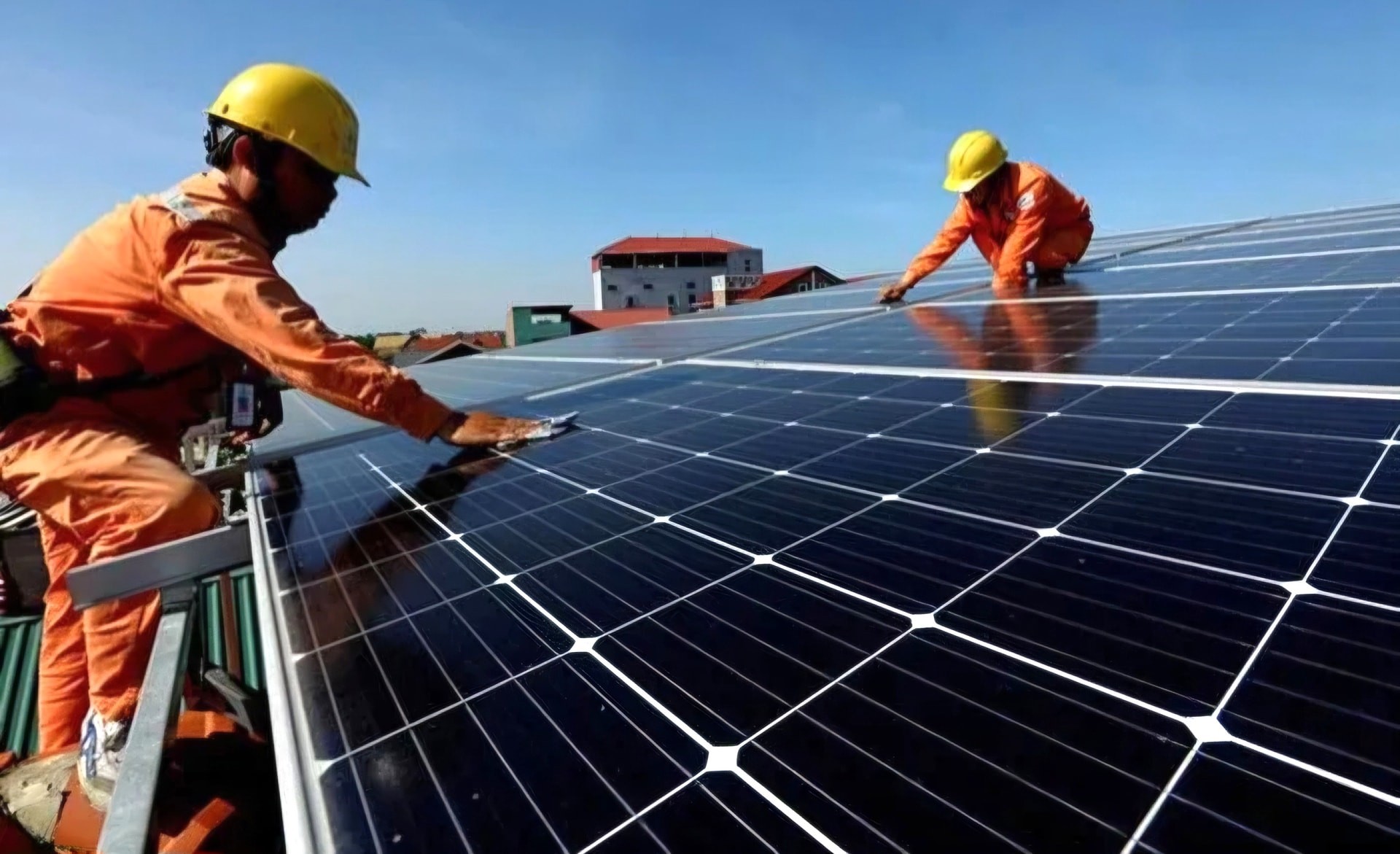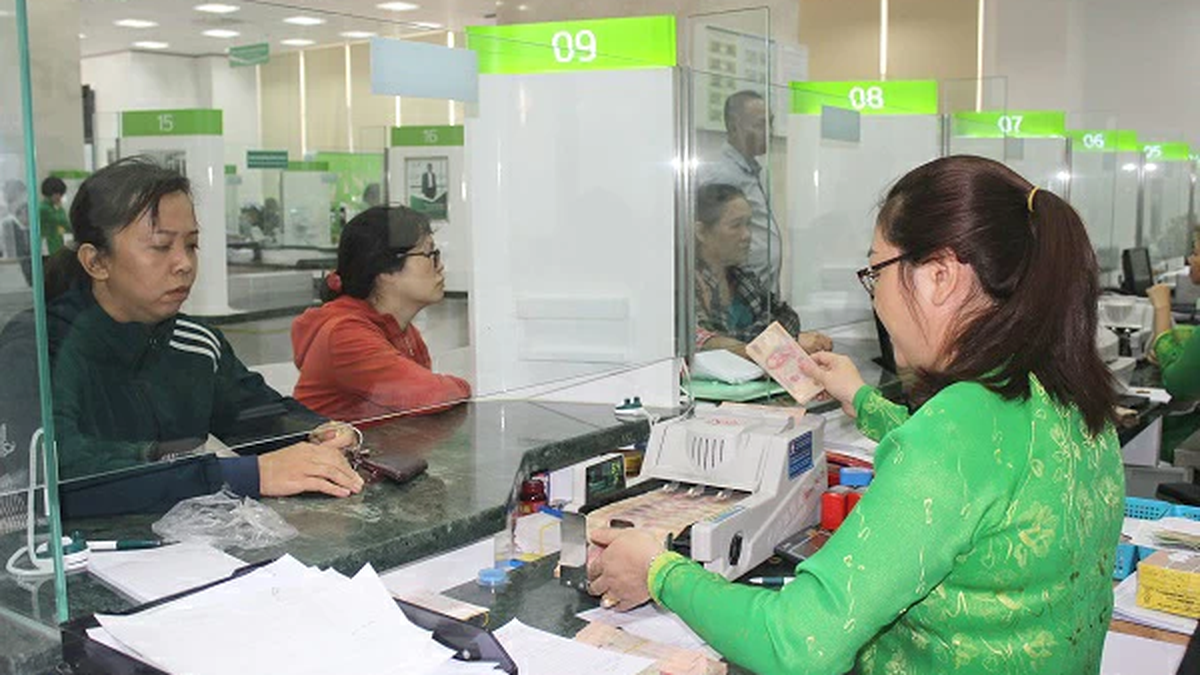
Not exceeding 2.5 million VND/household and preferential loans
The Ministry of Industry and Trade is seeking comments on the draft decision of the Prime Minister on support policies for households installing self-produced and self-consumed solar power and electricity storage systems. Specifically, the Ministry of Industry and Trade proposes that households installing self-produced and self-consumed solar power systems will receive investment support with a maximum rate of VND 500,000 for 1 kWp of total rated capacity of photovoltaic panels installed in the system (solar panels). The support level shall not exceed VND 2.5 million/household.
In addition, the draft also proposes that household solar power systems are also supported with commercial loan interest rates for investment. Specifically, households will be applied the short-term loan interest rate in Vietnamese Dong as prescribed in Clause 2, Article 13 of Circular No. 39/2016 of the State Bank. The maximum interest rate support period is 3 years from the date of disbursement of the loan according to the contract with the bank. The draft also stipulates that the maximum interest rate support loan limit is 7 million VND for 1 kWp of total rated capacity of photovoltaic panels installed in the system, but not exceeding 35 million VND.
According to the Ministry of Industry and Trade, the above financial support funds are balanced in the development investment expenditure of the local budget. Every year, the provincial People's Committee submits to the provincial People's Council for consideration and decision on the specific level of financial support, ensuring that it is consistent with the provincial budget and the capital investment needs for developing household solar power systems in the area. In addition, households installing rooftop solar power are also provided with technical support. The draft stipulates that household solar power systems are provided with technical support during the investment, installation and operation process when requested by the household owner. The draft also states that in case the household owner wants to sell the surplus electricity output of the household solar power system to the grid, the local power unit will coordinate to install or replace the two-way electricity metering system suitable for the connection capacity of the household solar power system to the grid. Guide the procedures and relevant regulations for signing a contract to buy and sell surplus electricity with the household owner.
Financial support should be increased.
Environmental experts say that solar panels do not use land; they are only connected to the existing distribution grid (mainly low-voltage grid) of the electricity industry, so there is no need to invest in building additional grids from 110 kV or higher; they ensure energy security, protect the environment and do not affect local land use planning. Promoting the development of rooftop solar power is a quick and effective solution at this time. Currently, the country has about 103,000 rooftop solar power projects with a total capacity of more than 9,500 MW. According to the adjusted Power Plan VIII, the target by 2030 is that 50% of office buildings and 50% of households will use self-produced and self-consumed rooftop solar power. The total capacity of concentrated solar power sources is expected to reach about 46,459-73,416 MW.
Sharing from a business perspective, Mr. Nguyen Quoc Viet - General Director of Vinasol Joint Stock Company expressed his opinion that this support proposal aims to promote rooftop solar power sources in the form of self-production and self-consumption to cope with the risk of power shortages. If many households invest in solar power for use, especially production and business households with high daily electricity consumption needs, the pressure of power shortages, the pressure of large investment sources, etc. will be greatly reduced. And if the mechanism is effective, it will encourage people to join hands with the state to develop clean energy sources to help reduce emissions, moving towards net zero by 2050.
Source: https://baolaocai.vn/ho-tro-tai-chinh-doi-voi-nhung-ho-gia-dinh-lap-dat-dien-mat-troi-post649850.html



































































































Comment (0)